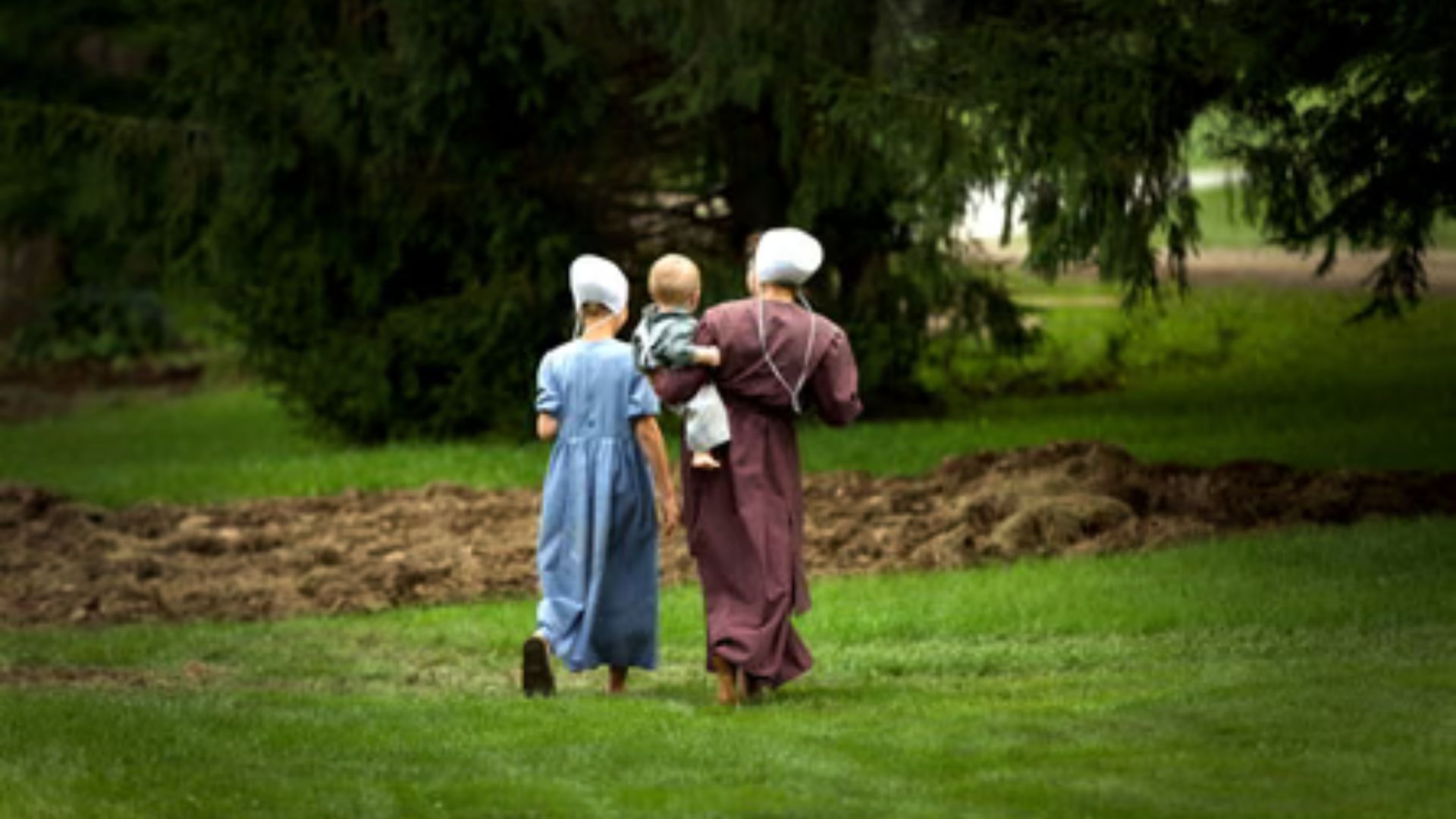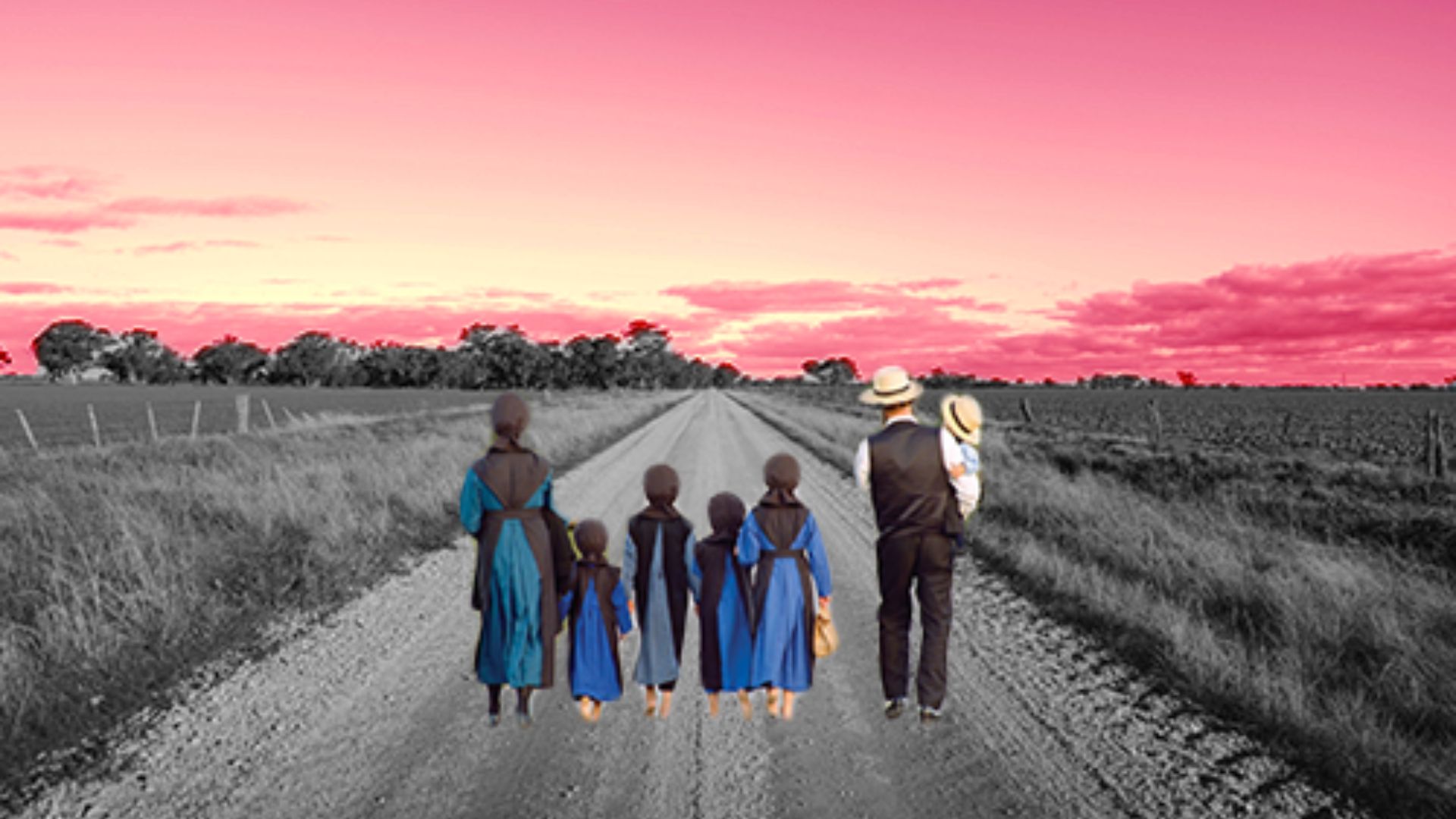Best Amish Religious Communities
Amish communities are renowned for their devotion to faith, simplicity, and strong family ties. These communities reflect centuries of tradition and spiritual dedication. Understanding the best Amish religious communities offers insight into how these groups maintain their beliefs and way of life in modern America.
Lancaster County, Pennsylvania
Lancaster County is the most famous Amish community in the United States. Known for its scenic farmland and vibrant culture, it attracts visitors interested in observing Amish traditions.
Key Features
-
Largest Amish population in the country
-
Traditional farming, woodworking, and craftsmanship
-
Home-based church services and communal gatherings
Lancaster demonstrates how Amish religious communities combine faith, family, and hard work in everyday life.
Holmes County, Ohio
Holmes County is another prominent Amish settlement, known for its size and cultural diversity within the community. It houses multiple Amish affiliations, each maintaining distinct practices.
Highlights
-
Strong emphasis on community and mutual aid
-
Large-scale barn raisings and cooperative projects
-
Preservation of traditional dress, language, and worship styles
This community shows how different Amish groups can coexist while preserving their core religious values.
Elkhart and LaGrange Counties, Indiana
These counties in northern Indiana host thriving Amish populations and are recognized for their agricultural expertise and tight-knit communities.
Community Traits
-
Multiple church districts with rotating home worship services
-
Strong focus on education and faith-based vocational training
-
Seasonal festivals and religious celebrations that reinforce community ties
Elkhart and LaGrange demonstrate how Amish religious communities maintain faith-driven routines while adapting to regional environments.

Geauga County, Ohio
Geauga County is known for its picturesque landscapes and smaller, close-knit Amish settlements. The communities here emphasize humility, simplicity, and spiritual devotion.
Notable Practices
-
Regular home-based worship and community prayers
-
Emphasis on family meals, daily devotion, and moral instruction
-
Cooperation in farming and craftwork projects
Geauga County reflects how smaller Amish communities maintain traditional religious practices without losing cohesion.
Adams County, Indiana
Adams County is home to a significant Old Order Amish population. The community is highly involved in agriculture and local craftsmanship while upholding strict religious principles.
Community Characteristics
-
Distinctive horse-and-buggy transportation
-
Strong adherence to plain dress and modest living
-
Active participation in faith-based community projects
This settlement exemplifies how Amish religious communities integrate faith into work and social life.
Diversity Within Amish Communities
Even within these well-known settlements, Amish communities vary in conservatism, technology use, and language dialects. Some communities allow limited use of modern tools for work, while others strictly avoid them.
Key Observations
-
Differences in farming methods, clothing styles, and worship customs
-
Shared core beliefs of humility, faith, simplicity, and mutual aid
-
Community decisions guided by church leaders and collective consensus
This diversity shows that Amish religious communities are adaptable while remaining committed to their spiritual foundations.
Conclusion
The best Amish religious communities—Lancaster County, Holmes County, Elkhart and LaGrange Counties, Geauga County, and Adams County—illustrate how faith, simplicity, and family are central to daily life. Each community maintains its own traditions and practices while upholding core Amish values. By exploring these communities, one gains insight into how religion shapes not just individual behavior but entire societies built on devotion, humility, and mutual support.



